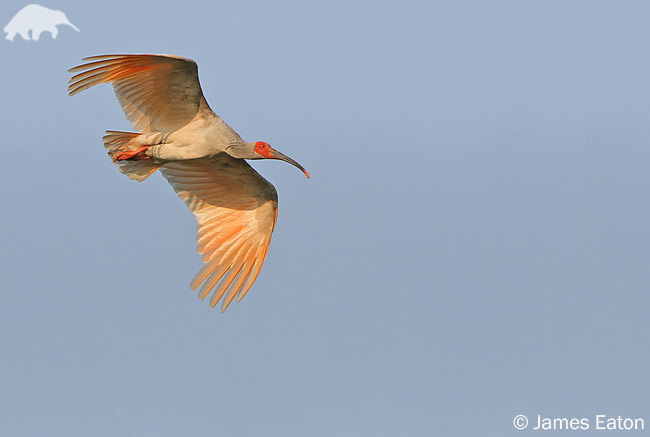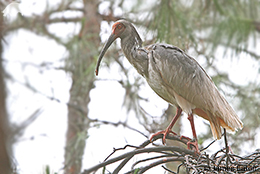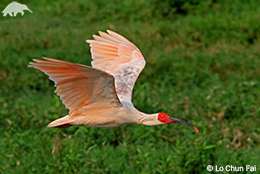About
This species is at the brink of extinction, with only 10 birds found in the wild in the 1980s.
But due to the establishment of Shaanxi Crested Ibis Nature Reserve and captive breeding programs the population has managed to increase slightly to around 500. It has become locally extinct over large areas of its former range, having previously nested in the Russian Far East, Japan, and China. Now the only remaining population lives in the Shaanxi province in Central China. This species has a bizarre adaptation, in which males and females change the colour of their breeding plumage, secreting a tar-like substance, rather than by moulting. This combination of morphological, physiological and behavioural change is thought to be completely unique amongst birds. The species has a particular cultural significance in Japan; its feathers were once prized as fletching for the ornamental arrows of samurai warriors, and were also used to make feather brooms for use in tea ceremonies. A combination of over-hunting and habitat destruction has led to the species’ demise over much of its historic range. Continued decline in habitat quality and the low genetic diversity in captive populations remain as major concerns for this species. Only 3 genera of ibis occur in Asia; the Pseudibis, Thaumatibis and Nipponia, with the Asian crested ibis being the sole member of the latter.
- Order: Pelecaniformes
- Family: Threskiornithidae
- Population: 500
- Trend: increasing
- Size: 56cm
- Weight: 1kg
EDGE Score
Distribution
The last remaining wild population is in Shaanxi province in central mainland China. Though historically they nested in the Russian Far East, Japan and China, and were a non-breeding visitor to North Korea, South Korea and Taiwan (China).
Habitat and Ecology
The Asian Crested Ibis inhabit areas that combine tall trees for nesting and roosting in, and either wetlands or agricultural land for feeding in. Rice-paddies, freshwater ponds, streams in forested areas, and reservoirs are favoured foraging grounds over winter. They feed on crabs, frogs, newts, small fish, molluscs and insects. They are monogamous, with both parents rearing their clutch of 1-5 eggs.


